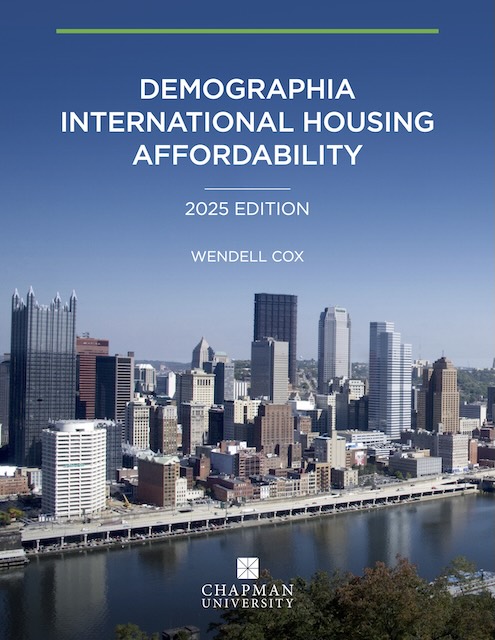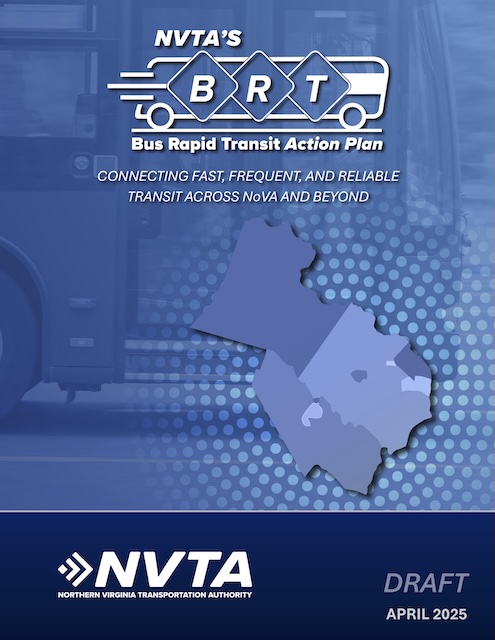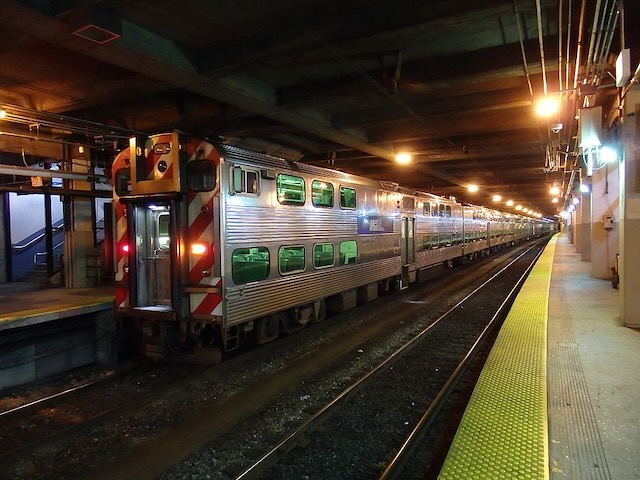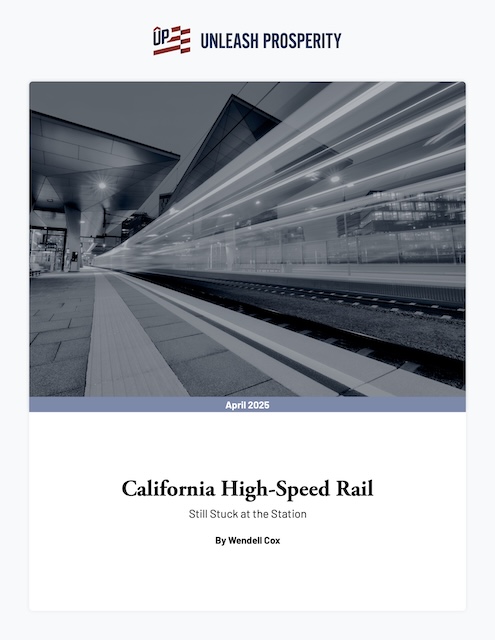Housing in Canada, Hong Kong, New Zealand, and Singapore was slightly more affordable in 2024 than it had been in 2023. Wendell Cox’s latest assessment of housing affordability, when compared with last year’s assessment, shows that housing became slightly less affordable in Ireland and the United Kingdom, while affordability remained unchanged in Australia and the United States.
 Click image to download this 3.0-MB report.
Click image to download this 3.0-MB report.
Of course, these country-wide trends hide changes, both up and down, in individual housing markets. Honolulu, Los Angeles, San Francisco, and San Jose all became slightly less affordable while Austin, Dallas, Houston, and San Antonio all became slightly more affordable between 2023 and 2024. In at least a few cases, including Portland, affordability probably improved mainly because people were moving out; certainly, Portland’s housing supply did not appreciably increase between 2023 and 2024. Continue reading












